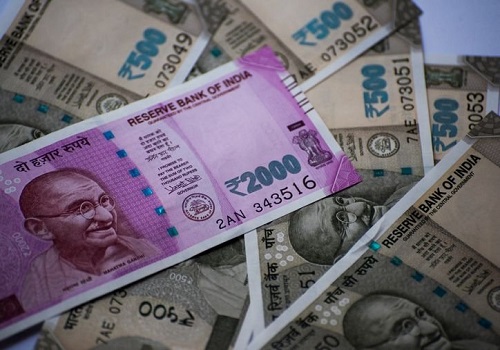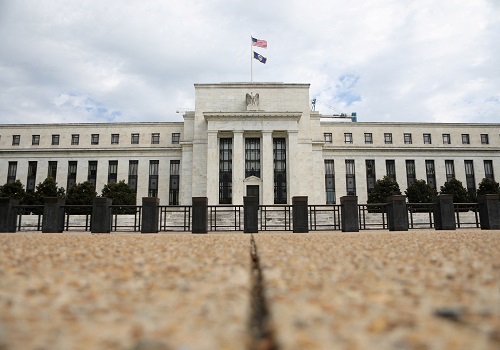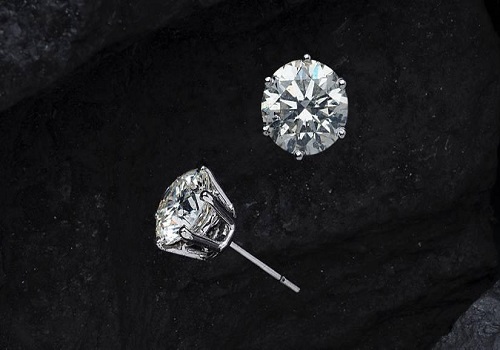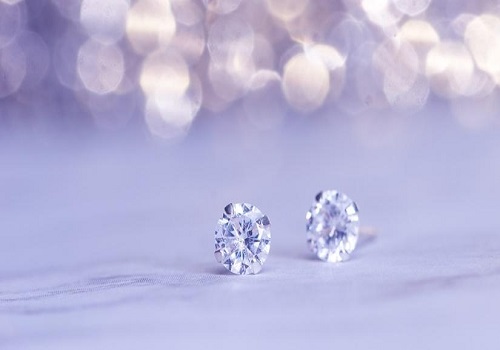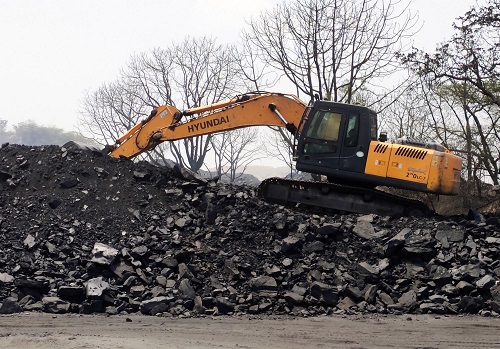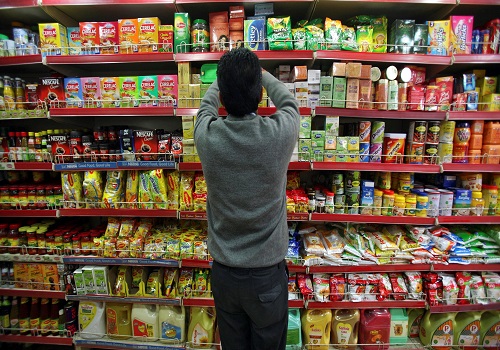For diamantaires, 20% growth past the $20 bn revenue watermark this fiscal
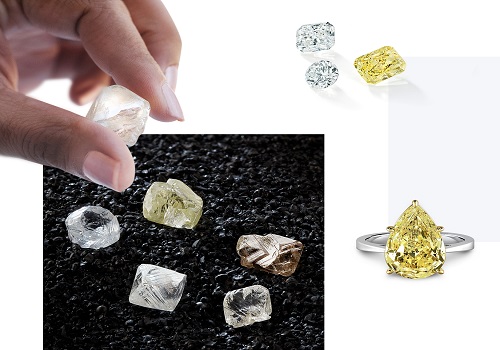
Follow us Now on Telegram ! Get daily 10 - 12 important updates on Business, Finance and Investment. Join our Telegram Channel
India's diamond exports are expected to shimmer past the $20 billion watermark this fiscal, with demand rebounding after the first wave of the Covid-19 pandemic.
Revenue from exports reached $16.4 billion last fiscal, marking a decline of 12 per cent -- well below the plunge expected when the world went into unprecedented lockdowns. But as nations recovered well in the second half, the tumble in exports was halted, an analysis of 70 diamantaires rated by CRISIL - accounting for a third of industry's total revenue - shows.
Towards the second half of the last fiscal, pent-up demand and stimuli had buoyed consumption of diamonds and jewellery in the US and China, which account for 75 per cent of India's polished diamond exports.
With the pandemic said to be contained in China, and the US inoculating 40 per cent of its population, consumer confidence has improved in both countries. Demand will also be bolstered by improving economic growth and declining unemployment.
Additionally, restrictions on overseas travel and lower spending on hospitality mean celebrations are largely restricted to spending on gifting, including diamond jewellery. That augurs well for India's diamond exports.
Says Rahul Guha, Director, CRISIL Ratings Ltd, "Exports have been rising, and averaging $2 billion per month since October 2020. To be sure, there will be some moderation in the second quarter of this fiscal, which is a lean period typically. But the festival season that begins in the export destinations from the third quarter will boost revenue to pre-pandemic levels. That will tantamount to a 20 per cent growth in diamond exports by revenue this fiscal."
The onset of the second wave saw smaller, labour-intensive polishing units facing 20-30 per cent labour migration. The larger ones restricted this to 10 per cent by following physical-distancing norms and providing safe transport to staff. The industry's current operating rate is over 80 per cent, with sufficient inventory to tide over any production loss in the first quarter of this fiscal.
The pandemic has also improved the management of rough diamond inventory. Earlier, prices of roughs moved sharply versus polished diamonds, leading to stocking-up of the former. The pandemic then led to a correction in the inventory of roughs last fiscal, and this trend continues. Diamantaires now tend to purchase roughs when there is visibility in polished-diamond sales.
The receivables-collection cycle has also been regularised from the second half of the last fiscal, leading to overall net current asset days declining to 150 from historical levels of 175. As a result, the debt of the CRISIL-rated diamantaires has declined 15 per cent.
Says Jumana Badshah, Associate Director, CRISIL Ratings Ltd, "The prices of both rough and polished diamonds are expected to be firm and move in tandem this fiscal, which would steady operating profitability at 5-6 per cent. Net profit margin will expand by 50 basis points to 2.5 per cent, supported by lower interest outgo. That, and stable capital structures, will support the credit profiles of CRISIL-rated diamantaires."














